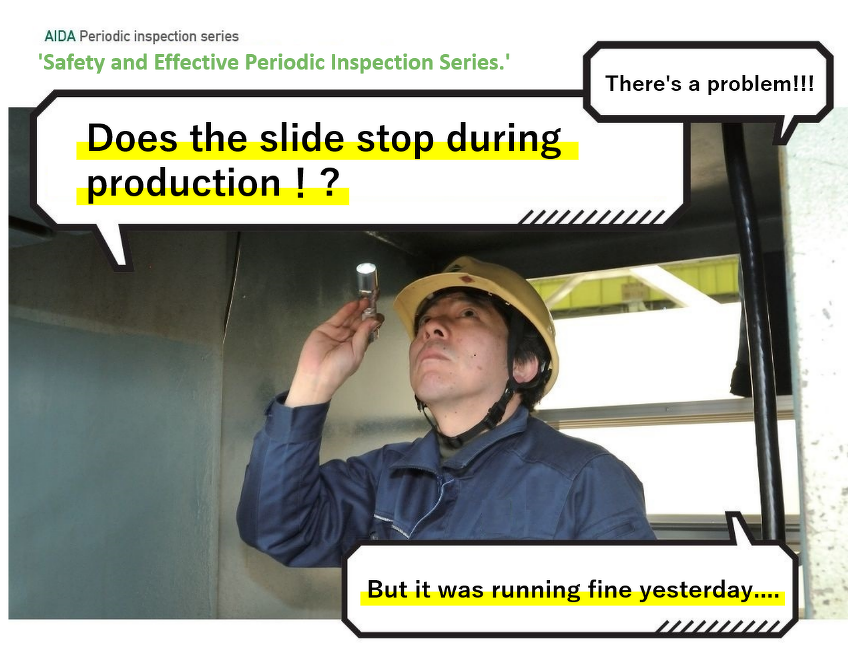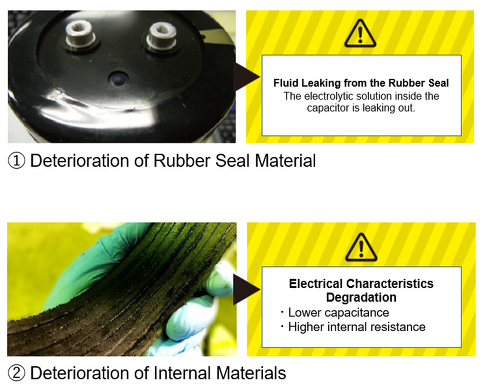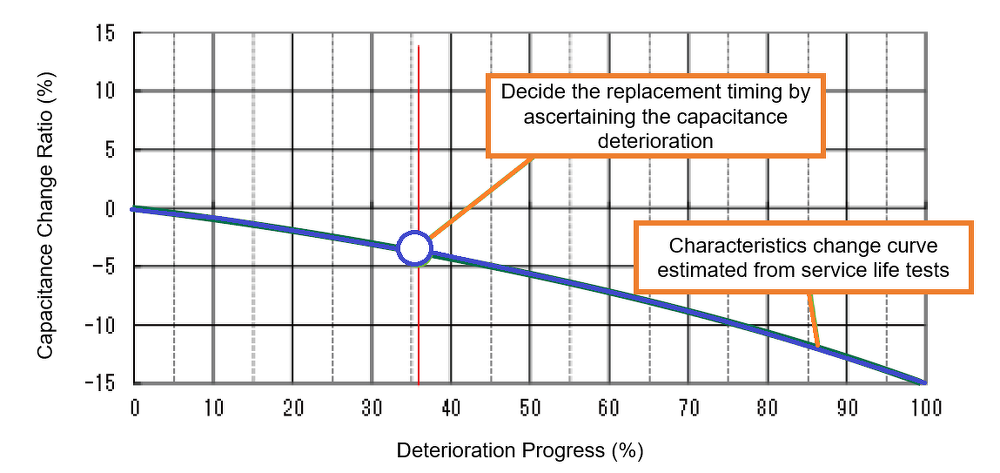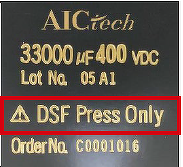
Are You Inspecting the Aluminum Electrolytic Capacitors on Your Servo Presses?
This blog post is the first in our 'Safety and Effective Periodic Inspection Series.'
In this initial post we will talk about the aluminum electrolytic capacitors that are used on AIDA servo presses as electrical energy storage devices.
Because these units have a limited lifespan, we recommend that they be inspected annually.
What Happens When an Aluminum Electrolytic Capacitor Reaches the End of Its Service Life?
The press will not have sufficient working energy, and you may suddenly find that the products you were previously able to form can no longer be formed by the press. For example, the slide could stop due to an overvoltage fault when the press is decelerating or stopping.
What are the Signs of Capacitor Deterioration?
Examples include possible changes in their electrical characteristics, such as the rubber seal material deteriorating and allowing the electrolytic solution inside the capacitor to leak out, or the deterioration of internal materials that results in lower capacitance and higher internal resistance.

How Should They be Inspected?
Step 1: Inspect the Pressure Valve
Visually inspect the valve to see if gases have formed inside to increase the internal pressure
(the pressure valve will be bulged out instead of flat).

Step 2: Measure the Capacitance
Measure the capacitance using a capacitance measurement device (an LCR meter).
By tracking the decline in capacitance, you can tell when it is time to replace the capacitors.
Note: This is not a common measurement device, so please discuss this with AIDA Service.

A Word of Caution!
The capacitors are designed specifically for press applications, and they have special charging and discharging characteristics.
Never use any capacitor other than the specified type.

A Final Word
In order for you to continue to use your press for a long time, we recommend that you replace the capacitors on a scheduled basis.
